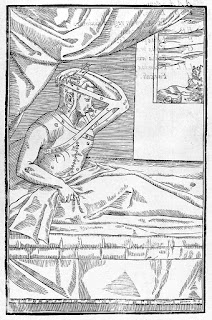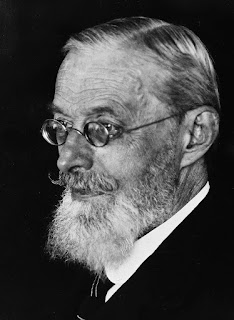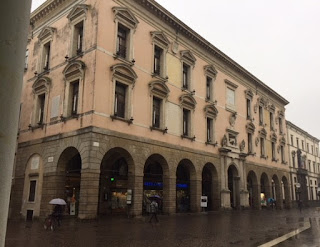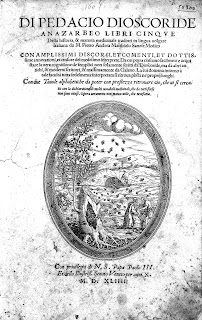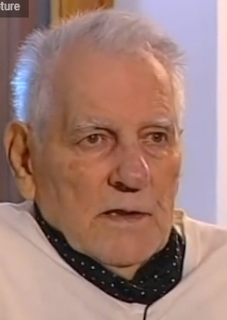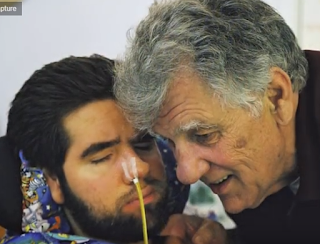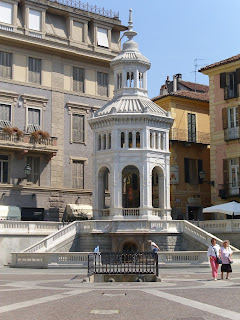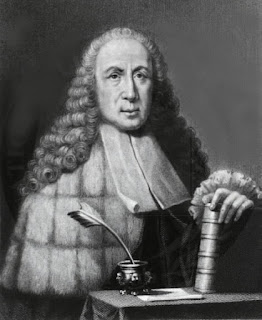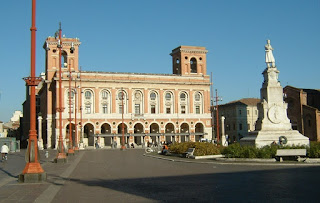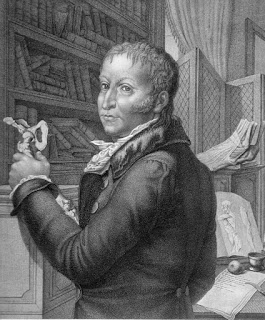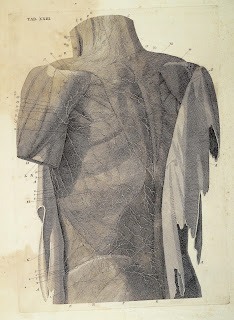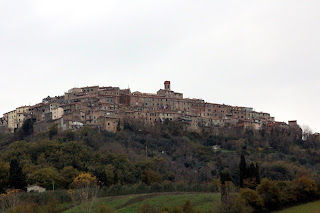Muscular dystrophy sufferer who fought for right to die
| Piergiorgio Welby was kept alive by an artificial breathing mechanism for the last nine years of his life |
Welby, the son of an AS Roma footballer with Scottish ancestry, developed MS when he was 17 years old.
Throughout the 1960s and 70s his lifestyle helped keep the disease under control. He lived as an artist and writer, following the hippie movement but also hunting and fishing. His use of recreational drugs dulled the symptoms of the disease and he was able to travel extensively in Europe.
During this period he met his future wife, Wilhelmine - later known as Mina - who was from Bolzano province in Trentino-Alto Adige but encountered Welby in Rome.
Welby decided in the 1980s to wean himself off drugs by embarking on methadone therapy, but the disease then progressed rapidly and he was soon paralysed from the waist down. In 1997, he suffered severe respiratory problems and from that point onwards was dependent on a breathing tube. As well as mechanical ventilation, he depended on artificial feeding.
It was at this point he began to write and talk - he had a voice synthesizer - about euthanasia and joined the Italian Radical Party, the political organisation closest to his views. In time, though, he lost even the ability to control a computer mouse.
 |
| Up to 1,000 people attended Piergiorgio Welby's secular funeral in Piazza Don Bosco in the Tuscolano district |
“I love life, Mr. President,” Welby wrote. “Life is the woman who loves you, the wind through your hair, the sun on your face, an evening stroll with a friend.
“Life is also a woman who leaves you, a rainy day, a friend who deceives you. I am neither melancholic nor manic-depressive. I find the idea of dying horrible. But what is left to me is no longer a life.”
Napolitano expressed his sympathy with Welby’s plight and invited politicians to debate the issue.
There were heated exchanges in the Italian parliament and political TV shows, around the political, ethical, religious and medical aspects of the case.
The Radical Party founder Marco Pannella said he was willing to turn off Welby’s life-support equipment himself as an "act of civil disobedience".
 |
| The outspoken Radical Party founder Marco Pannella was a supporter of Welby's cause |
Welby’s right to refuse treatment under the Italian constitution and the code of conduct of Italian doctors was confirmed by a court ruling, but the doctor’s obligation to try to revive a patient in distress remained in place.
Eventually, an anaesthetist, Mario Riccio contacted the Radical Party and said he was prepared to switch off Welby’s life support, seeing no legal impediments. On December 20 he visited him in hospital in the presence of his wife Mina and daughter Carla and some supporters, including Marco Pannella, administered sedation and disconnected all the devices keeping him alive. He was pronounced dead 40 minutes later, at 11.40pm.
Welby’s death was announced the following morning by Pannella and a press conference followed later.
Luca Volonté, a Christian Democrat, called for Riccio to be arrested and charged with murder and had strong support in public opinion polls, but the the following March both the Ethical Committee of the Italian Medical Association and investigating magistrates declared Dr Riccio’s conduct to be lawful.
Controversially, the Catholic Church refused to allow Welby a religious funeral, declaring that his repeated public affirmations of his desire to end his own life were against Catholic doctrine.
Nonetheless, up to 1,000 people attended a secular funeral on December 24, 2006 in Piazza Don Bosco in the Tuscolano quarter of Rome, in front of the church that the family had chosen for the religious ceremony.
 |
| The town of San Candido is close to the Austrian border |
Mina Welby’s home town of San Candido, also known as Innichen, is in northern Italy, close to the border with Austria. It’s part of the Tre Cime Natural Park, in the Dolomites. Among the main sights in the historical centre is the Romanesque-style Innichen Abbey, with a frescoed dome, and the DoloMythos Museum, exploring local natural history. The area has a strong military history, being home to the Druso and Cantatore barracks, the latter housing the 6th Alpine Regiment of the Italian Army. A short distance outside San Candido is a sanctuary where the bodies of more than 200 soldiers killed in the First World War were buried.
 |
| The Aqua Marcia aqueduct passes through the Tuscolano quarter of Rome, along with several others |
Tuscolano is the 8th quartiere of Rome and is named after the Via Tuscolana that runs through it. It is one of the biggest districts of Rome, starting just outside the old city walls, near the Basilica of San Giovanni in Laterano, and stretches all the way to the Via del Quadraro in the east. Its northern border is the Via Casilina and its southern border is the Via Appia Nuova. The Via del Mandrione is lined by huge walls that supported five of the ancient Roman aqueducts - the Aqua Marcia, Aqua Tepula, Aqua Iulia, Aqua Claudia and the Anio Novus.
More reading:
Giorgio Napolitano - Italy's 11th President
Marco Pannella, the campaigner who helped shape modern Italy
Augusto Odone, inventor of 'Lorenzo's Oil'
Also on this day:
The Feast of Santo Stefano
1912: The birth of artist Renato Gattuso
1956: The birth of writer and journalist Beppe Severgnini
Home

